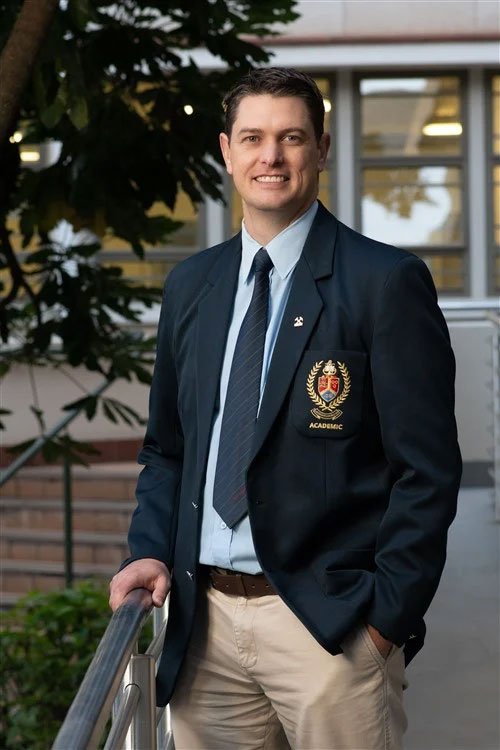Friction: Edition 2 | October 2022
FROM THE EDITOR
In an era of rapidly advancing technology, expanding mining environments and a shortage of skilled engineers, there's real potential for automation on mine sites to extend from exploration through to mine design, mine operations and mine closure in the near future.
We're already seeing applications compiling disparate monitoring data sources for presentation as a single solution with alarming thresholds. In this edition of Friction, we look at how this integration and automation of multiple technologies will continue to grow and expand and lead the next evolution of geotechnical engineering.
Regards,
Tim Cartledge
Friction is made possible thanks to our contributors who offer up their valuable time and knowledge. If you know a geotechnical engineer who’d enjoy Friction, please forward this email to them or share any of our news and features on LinkedIn. You can also direct them to our sign-up link here.
Enabling the impossible, one robot at a time
While drones are already readily in use on mine sites for surveying, inspecting inaccessible areas of a mine and photogrammetry, the use of automated and piloted technology will only continue to expand in the future. Rapid technological advancements, expanding mining environments and a shortage of skilled engineers will drive technology into new areas; such as mine design, mine operations and mine closure – leading to the next evolution of geotechnical engineering.
For a glimpse at the near future, Friction sat down with Australian Droid and Robot’s Mat Allan to hear his predictions for the immediate future for the geotechnical industry and how technology is changing the face of mining.
The PHD Project that changed slope monitoring
For geotechnical professionals who have recently entered the industry, it could be hard to imagine a time when the only option for slope monitoring was point measurement-based systems, which only provided spot data for a specific moment in time. Friction hears from GroundProbe CEO and founder, David Noon, how a PhD project revolutionised slope monitoring.
Q&A with Jannie Maritz
Senior Lecturer Jannie Maritz from the University of Pretoria, South Africa shares the technological advances that are exciting him the most and his career advice for people looking to work as a geotechnical professional in mining.
NEWS, PUBLICATIONS AND UPDATES
Contribute to the world map of rock mass classification systems
As part of a submission to the ISRM 2023 congress, Georg H. Erharter, Tom. F. Hansen, Shengwen Qi, Neil Bar, and Thomas Marcher have launched a quick survey of which rock mass classification systems are predominantly used around the world and for which application. The survey is open until 30 November 2022.
Solve it before it is a problem
Congratulations on that big contract you just signed - but how much of it did you actually read? And how much of that did you understand? The reality is that too many engineers (and many other professional services providers) do little more than skim through a contract before signing it, potentially putting their business and their own long-term future at risk.
Abstract submissions open
Abstracts can now be submitted for the 57th US Rock Mechanics / Geomechanics Symposium in Atlanta, Georgia in 2023.
The submissions of up to 500 words in English can be submitted online and should include a brief description of the work performed, results, and significance. Submissions close November 8, 2022.
UPCOMING EVENTS
This month we have launched a new Events Calendar bringing together upcoming conferences, submission dates and other events that will be of interest to our industry.
HAVE SOMETHING TO SHARE?
Friction is about connecting our industry together. If you have an article, paper or insight to share we'd love to hear from you. Find out how you can contribute to Friction here.







